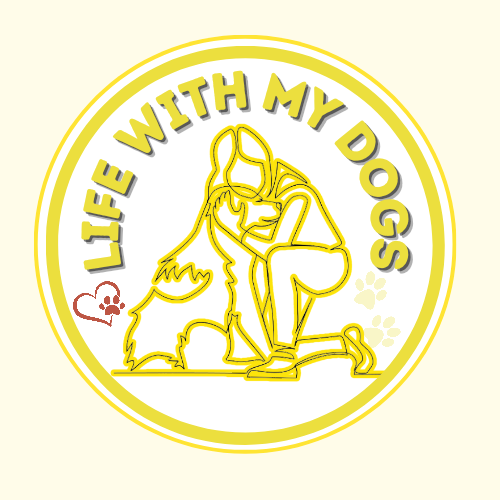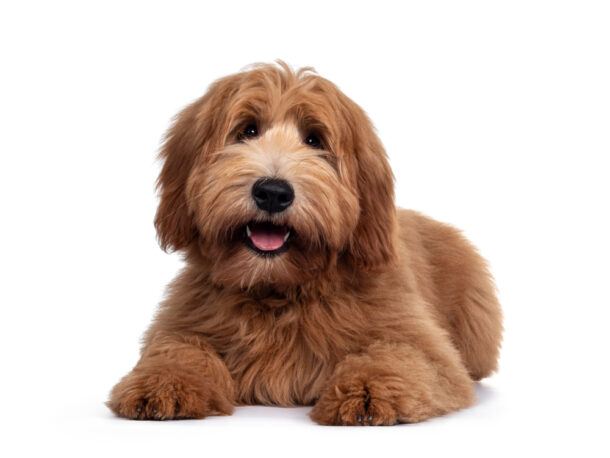LifeWithMyDogs is supported by our audience. When you purchase through one of our links, we may earn a small affiliate commission. As an Amazon Associate I earn from qualifying purchases. Your cost is not affected.
**********
Grooming tips for long-haired dogs have been our guiding light on this journey to ensuring our beloved companions’ coat health and happiness. As a seasoned handler of majestic canines with flowing locks, I’ve learned the art and importance of proper grooming. Come along as we delve into a treasure trove of tips and tricks to keep your long-haired buddy looking and feeling their absolute best. We’ll uncover all the secrets to maintaining their coat’s health, ensuring their comfort, and enhancing their natural beauty. From essential tools to expert techniques, this guide will ensure your furry friend shines inside and out. Let’s embark on this grooming adventure together!
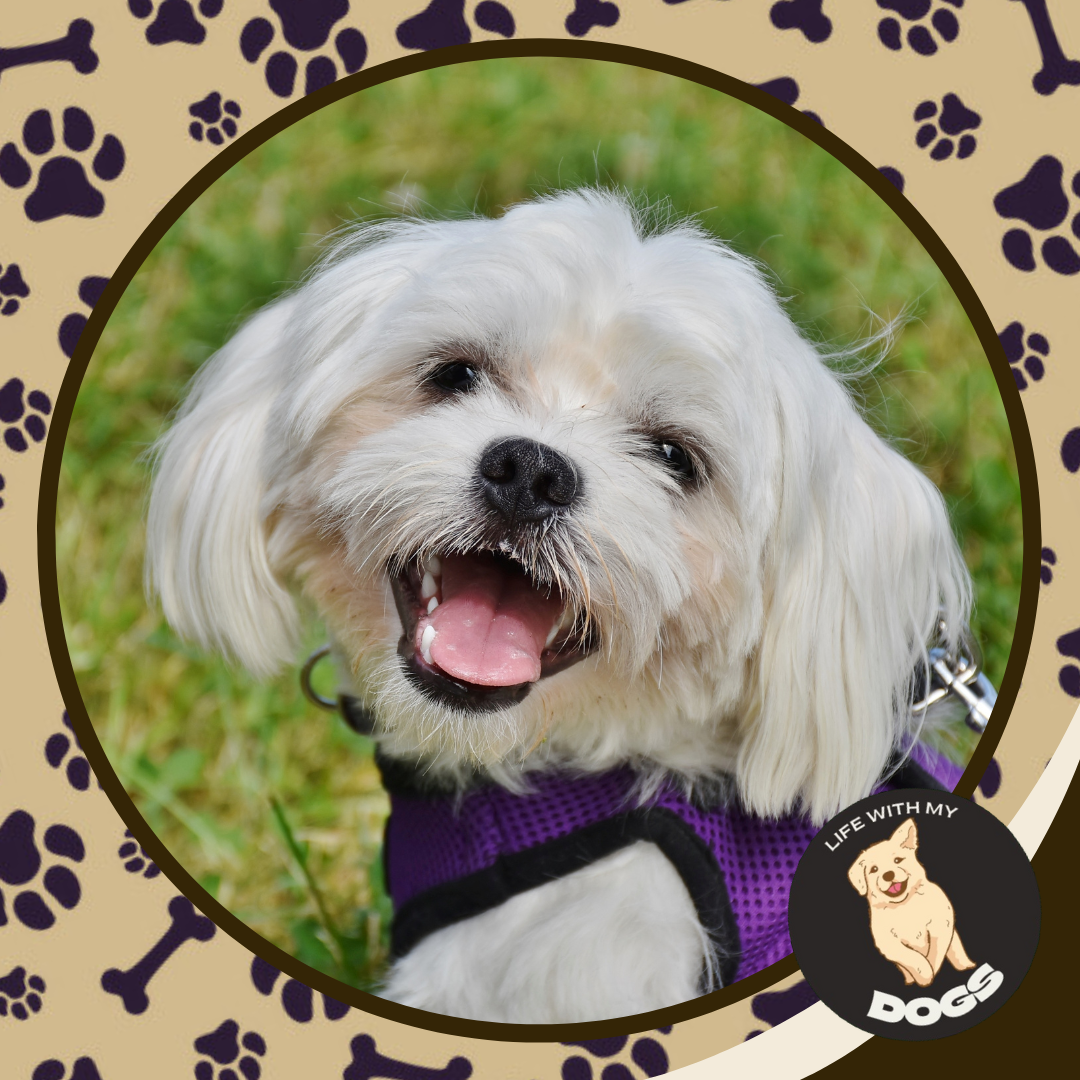
A well-groomed coat keeps your dog comfortable, reduces the chance of skin irritations, and can significantly decrease the amount of hair shed around your home.
The key to effective grooming is not only the frequency but also using the correct tools and techniques suited to your dog’s specific coat type.
Equally important to regular brushing is establishing a comprehensive grooming routine, encompassing ear, eye, and dental hygiene, which helps in early detection of potential health issues.
Nail care, proper diet, and sufficient exercise are also vital components in maintaining the overall wellbeing and coat health of your long-haired canine companion.
With patience and the right knowledge, grooming can become a pleasurable activity that strengthens the bond between you and your pet.
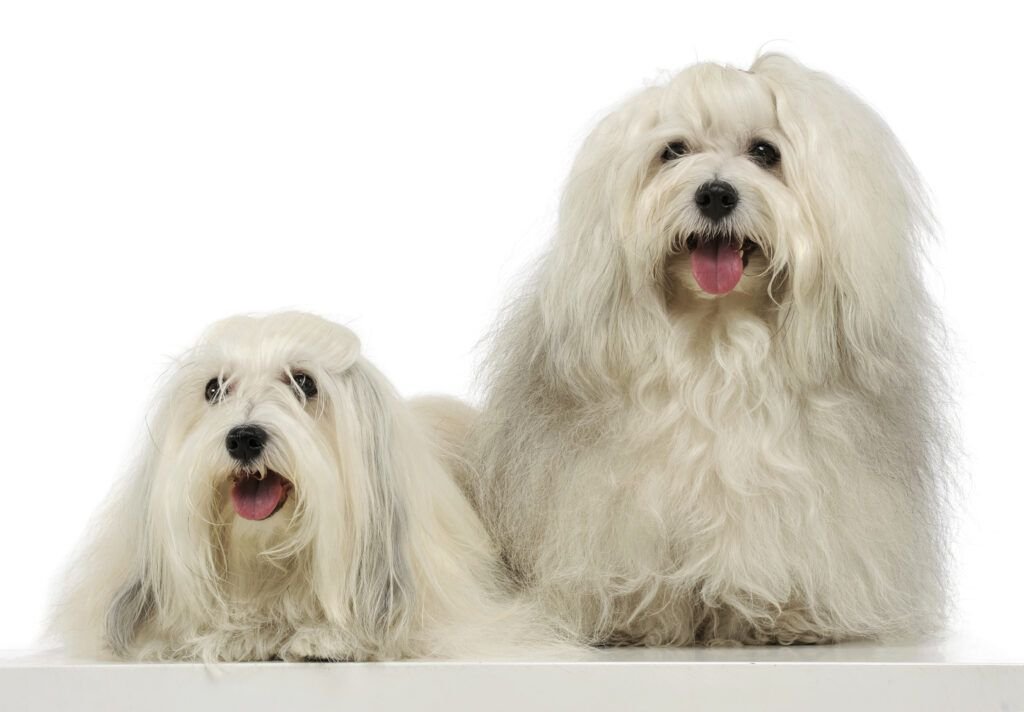
Excellent Points
- Regular grooming maintains your dog’s coat and overall comfort.
- A complete grooming routine promotes health and early issue detection.
- Diet, exercise, and proper tools contribute to coat health.
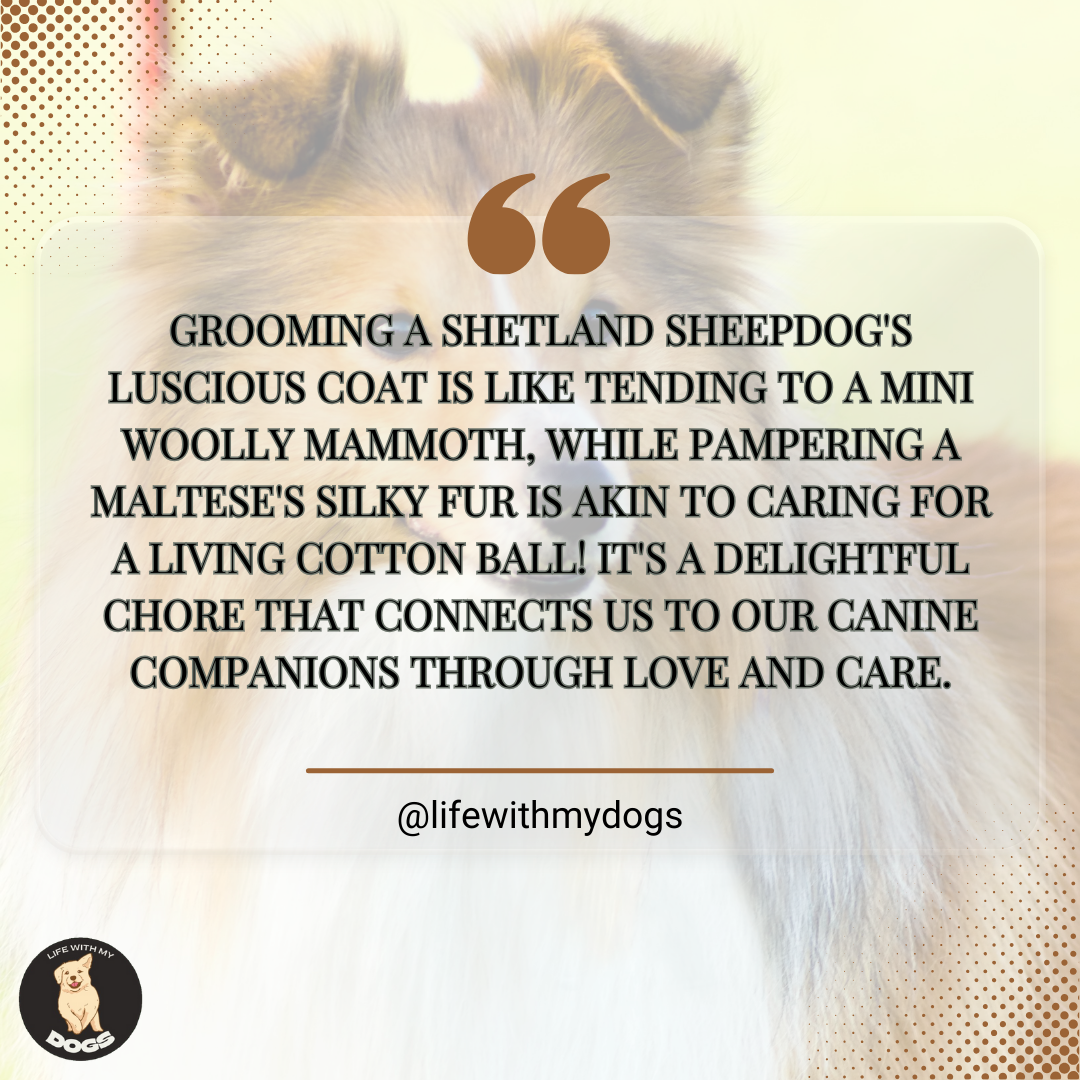
Understanding Your Long-Haired Dog’s Coat
When you embark on grooming your long-haired dog, knowing the type of coat your furry companion has is fundamental.
Double coats and single coats exist, with breeds like the Shetland Sheepdog having a double coat, which consists of a soft undercoat and a longer, protective topcoat. In contrast, single-coated breeds like the Maltese have hair that typically grows longer and continuously.
Your long-haired dog’s coat acts as insulation against both cold and heat, but it can also become a magnet for dirt, debris, and mats.
Regular maintenance is key to a healthy coat and comfortable dog. Here is a brief guide to the structure of your dog’s coat:
- Topcoat: The outer layer, which is coarser and protects against weather.
- Undercoat: The softer, insulating layer which sheds seasonally.
It’s crucial to choose the correct tools for grooming. A slicer brush might be necessary to effectively penetrate the topcoat and reach the undercoat.
Likewise, a slicker brush or a wide-toothed comb can help to detangle and prevent mats.
Always brush in the direction the coat grows and start from the bottom, working your way up to prevent pulling and discomfort.
The frequency of brushing depends on your dog’s specific coat type, but a general guideline is to brush a few times per week to maintain coat health and shine.
Remember, grooming is not just about aesthetics; it’s also about your dog’s comfort and health.
Regular brushing will distribute natural oils throughout the coat, improve skin circulation, and reduce excess shedding.
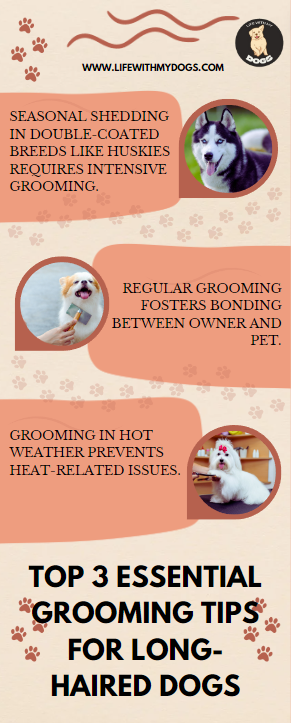
Regular Brushing Routines
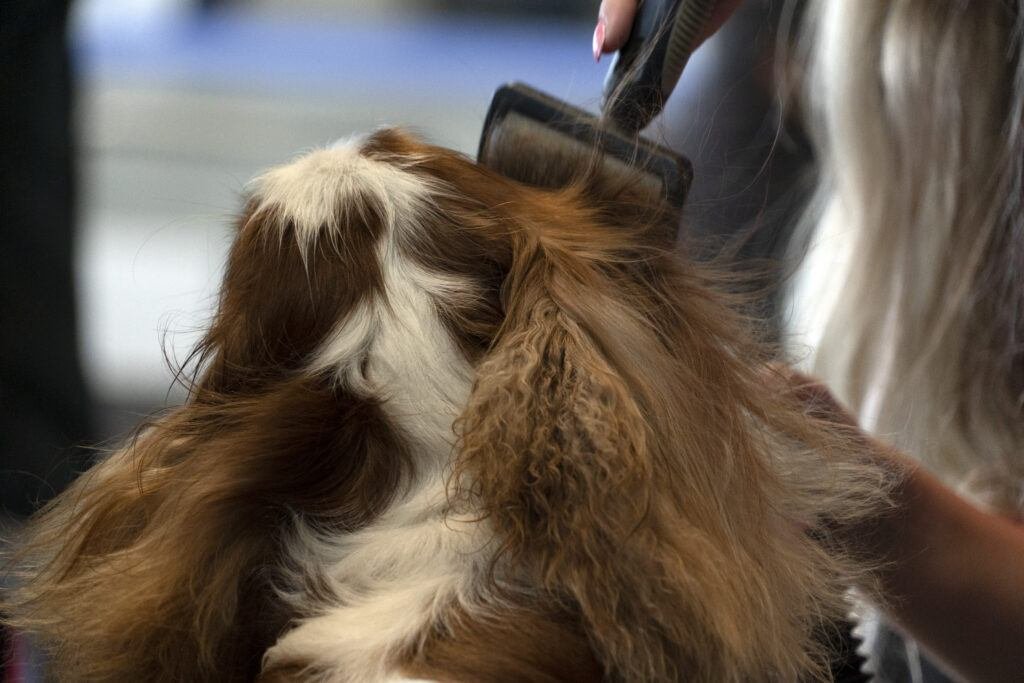
Regular brushing is essential for the health and appearance of your long-haired dog. It prevents mats and keeps their coat shiny.
Choosing the Right Brush
Select a brush tailored to your dog’s coat type.
For long-haired breeds, a slicker brush or a pin brush is often recommended.
The slicker brush helps to remove loose fur and minor tangles, while a pin brush is excellent for finishing and smoothing out the coat.
Brushing Technique
Begin brushing from the head, moving towards the tail and down the legs. Always brush in the direction of hair growth.
Use smooth, gentle strokes to avoid skin irritation. For areas prone to matting such as behind the ears, use a comb for extra care.
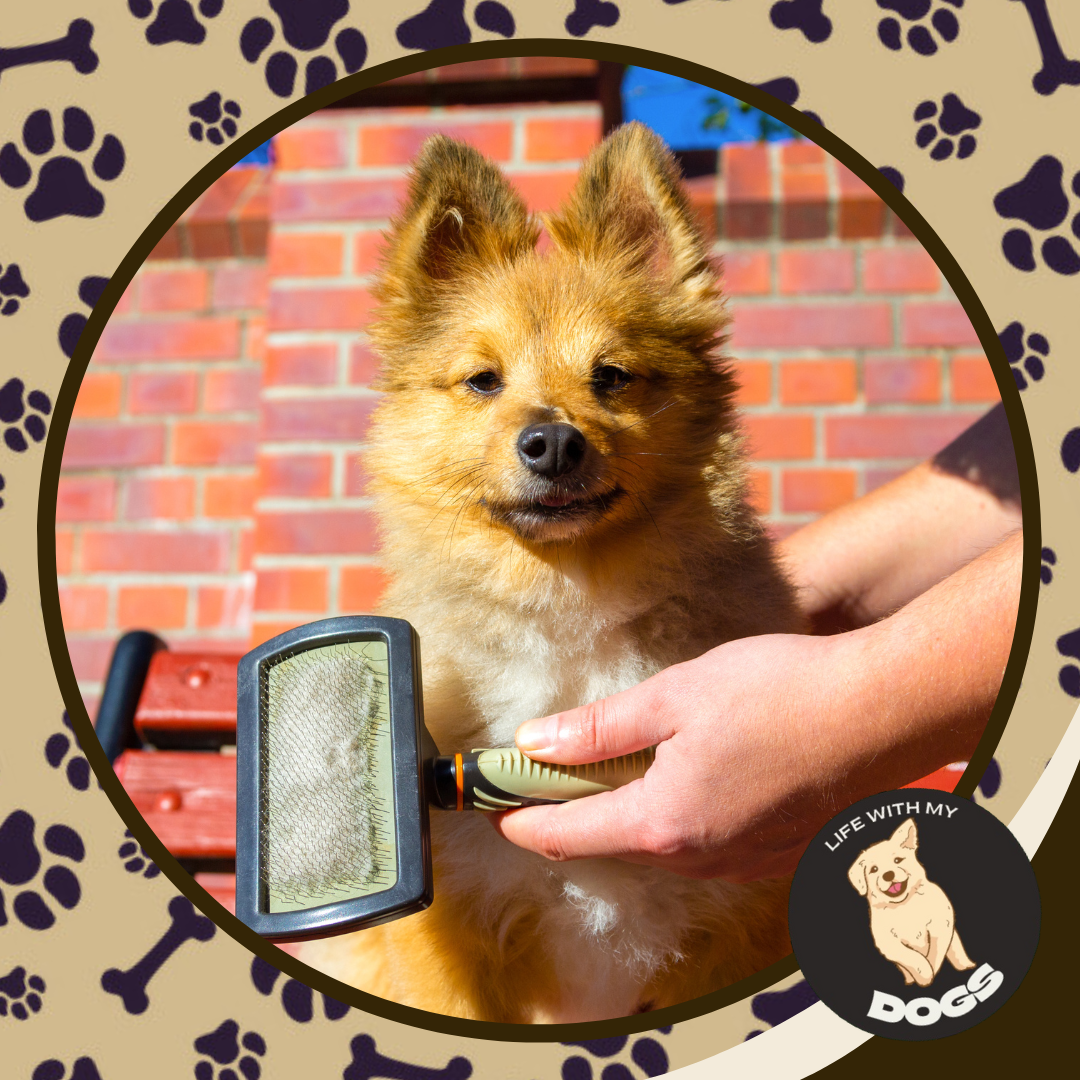
Dealing with Mats and Tangles
Encounter a mat? Hold the base of the mat close to the skin and gently tease apart with a detangling spray and comb.
For stubborn mats, consider seeking professional grooming services to avoid discomfort or injury to your dog.
Bathing Your Dog
Properly bathing your long-haired dog is crucial for maintaining their hygiene and preventing matting. This section will guide you through preparation, selecting the right products, and the bathing and drying process.
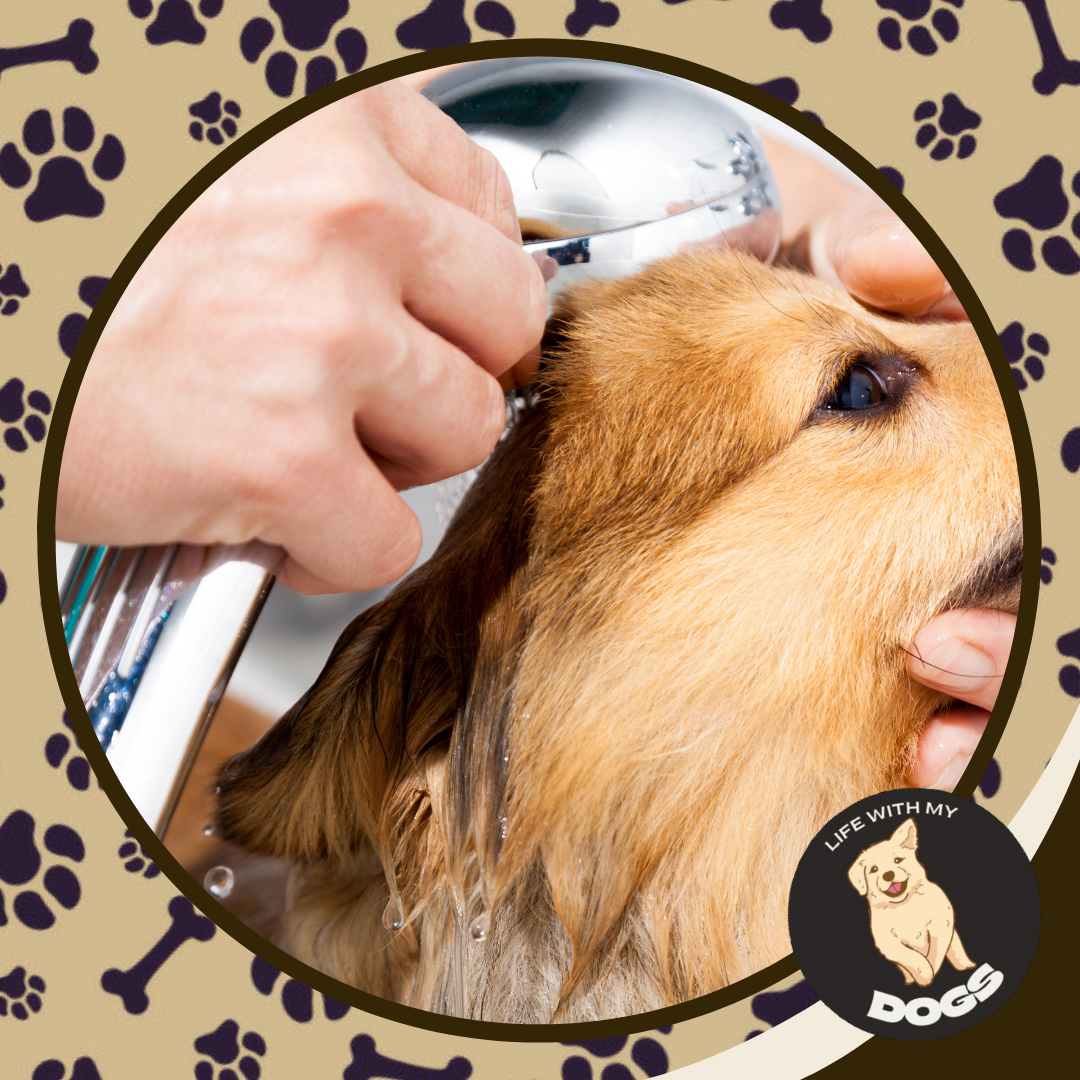
Preparing for a Bath
Before you begin, ensure that you have all the necessary supplies within reach.
Your dog’s bath time should be once a month, but regular grooming is needed to keep their coat in good condition.
Set up a non-slip surface in a tub or sink and gather towels, a brush, and any other grooming tools you may need.
- Supplies Checklist:
- Non-slip mat or towel for the tub
- Dog-safe shampoo and conditioner
- A cup or handheld sprayer for rinsing
- Large absorbent towels for drying
- A brush suitable for long hair
Selecting Shampoo and Conditioner
Choosing the right shampoo and conditioner is important for your dog’s coat health.
Opt for products specifically formulated for dogs with long hair, and consider a shampoo that can be diluted to easily work through the coat and a conditioner that will help to smooth and detangle.
- Product Tips:
- Diluted shampoo helps it spread more easily
- Conditioner aids in detangling and adds shine
Bathing Steps and Drying
Begin by brushing your dog to remove any tangles or mats.
Wet the coat thoroughly with lukewarm water, then apply the diluted shampoo gently from back to neck. Be cautious around the face and eyes.
Rinse completely to ensure no residue is left.
After bathing, wrap your dog in a towel and pat them dry—avoid rubbing as it can cause tangles.
If you decide to use a blow dryer, set it to low heat and continually brush through your dog’s hair as it dries.
- Bathing Steps:
- Brush out the coat pre-bath.
- Wet coat with lukewarm water.
- Gently massage in shampoo, avoiding the face.
- Thoroughly rinse out all product.
- Pat dry with a towel and consider a blow dryer on a gentle setting with brushing.
Trimming and Clipping
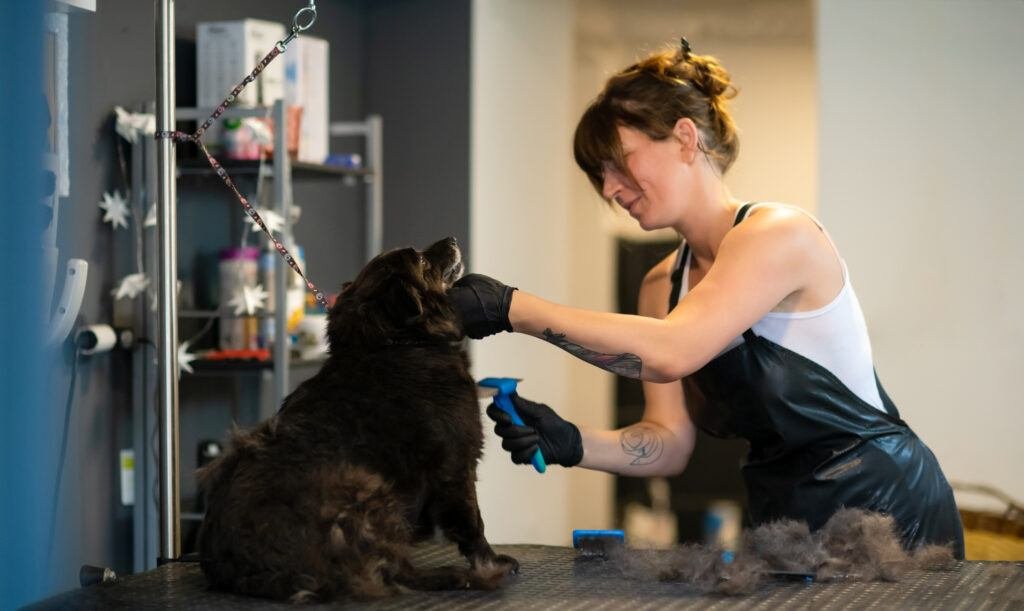
Proper trimming and clipping are essential for maintaining your long-haired dog’s coat. These practices not only ensure your pet looks well-groomed but also contribute to their overall skin health.
When to Trim
Frequency: You’ll want to trim your long-haired dog’s coat every 6-8 weeks, depending on the growth rate and breed.
Regular trims keep your dog looking tidy and prevent mats and tangles from becoming unmanageable.
Seasonal Considerations: In the warmer months, trimming can help keep your dog cool, while during colder seasons, you might want to allow a little extra length for warmth.
Tools for Trimming
- Shears: Invest in a quality pair of grooming shears, which provide precision for trimming around delicate areas such as the face and paws.
- Combs and Brushes: Use a grooming comb or brush to straighten the hair before cutting, ensuring an even trim.
- Clippers: Choose the right size clipper blade or guard for your dog’s coat type, as recommended by professional groomers.
Clipping Safely
- Always bathe your dog and remove tangles before clipping to protect the skin and achieve a smooth cut.
- Keep the tip of the clipper blade against the skin, angling the back slightly up, to prevent cuts.
- Work methodically, clipping in the direction the hair grows, and ensure your dog is calm and still.
Ear and Eye Care
Proper ear and eye maintenance is crucial for long-haired dogs to prevent infections and ensure comfort. Regular cleaning helps avoid buildup that can lead to health issues.

Cleaning Ears
It is important to frequently check your dog’s ears for signs of dirt, wax build-up, or infection.
For cleaning, use a vet-recommended ear cleaner and gently wipe the inside of the ear flap with a cotton ball or soft cloth. Avoid inserting anything deep into the ear canal to prevent injury.
Long-haired dogs may benefit from trimming the hair around the ears to improve airflow.
Eye Cleaning and Tear Stains
You should methodically inspect your dog’s eyes for any debris or excessive tearing.
A damp cloth can be used to softly wipe around the eye to remove buildup.
Tear stains, which appear as reddish-brown marks beneath the eyes, can be managed with special tear stain removers designed for safe use around the eyes.
Additionally, maintaining the hair trimmed around the eyes can help reduce irritation and prevent vision obstruction.
Nail Care
Nail maintenance is crucial for your long-haired dog’s mobility and comfort. Properly trimmed nails prevent pain from overgrowth and reduce the risk of nails catching on anything, which could lead to injury.
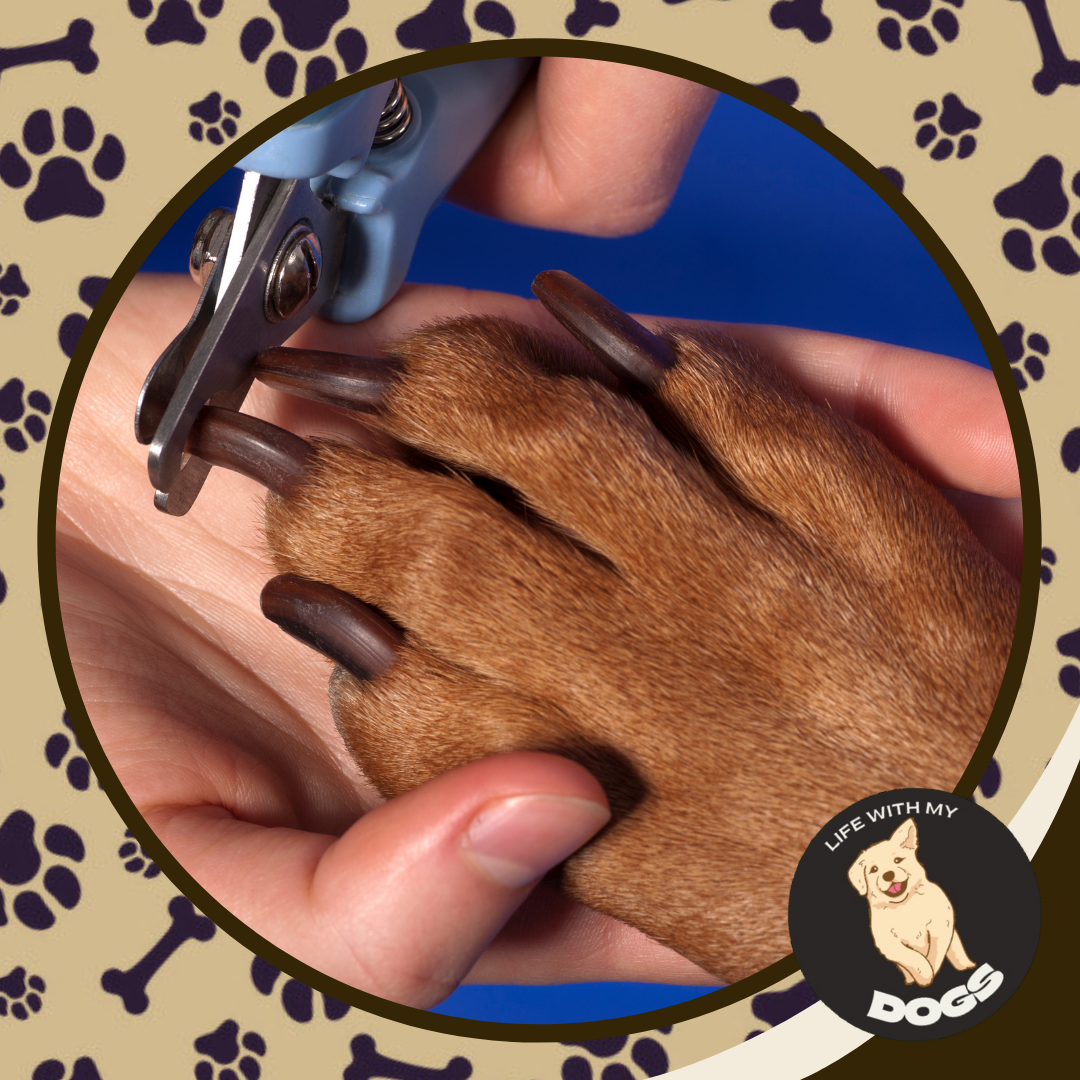
Trimming Nails
To start trimming your dog’s nails, you’ll need a reliable pair of nail clippers.
Choose a size that is appropriate for your dog’s nail thickness. Position the clipper at a 45-degree angle to trim the tip of the nail, taking care to avoid the ‘quick’, a blood vessel within the nail.
This guide provided by the American Kennel Club (AKC) offers detailed tips on how to get accustomed to trimming your dog’s nails.
It’s important to trim your dog’s nails regularly, which will vary from dog to dog – for some, this means a trim every few weeks.
Nail Grinding
Alternatively, you can use a nail grinder for a smoother finish.
Nail grinding allows for gradual filing and offers more control to prevent cutting into the quick. It can be less stressful for dogs sensitive to clippers.
When using a grinder, work in short bursts to avoid heat buildup on the nail.
Be sure to acclimate your dog to the sound and sensation of the grinder. Here’s a comprehensive approach to grooming at home, including advice on nail grinding, provided by the AKC.
Dental Hygiene
Maintaining your long-haired dog’s dental hygiene is essential to prevent gum disease and bad breath.
Regularly brushing your dog’s teeth and providing dental chews can greatly improve their oral health.
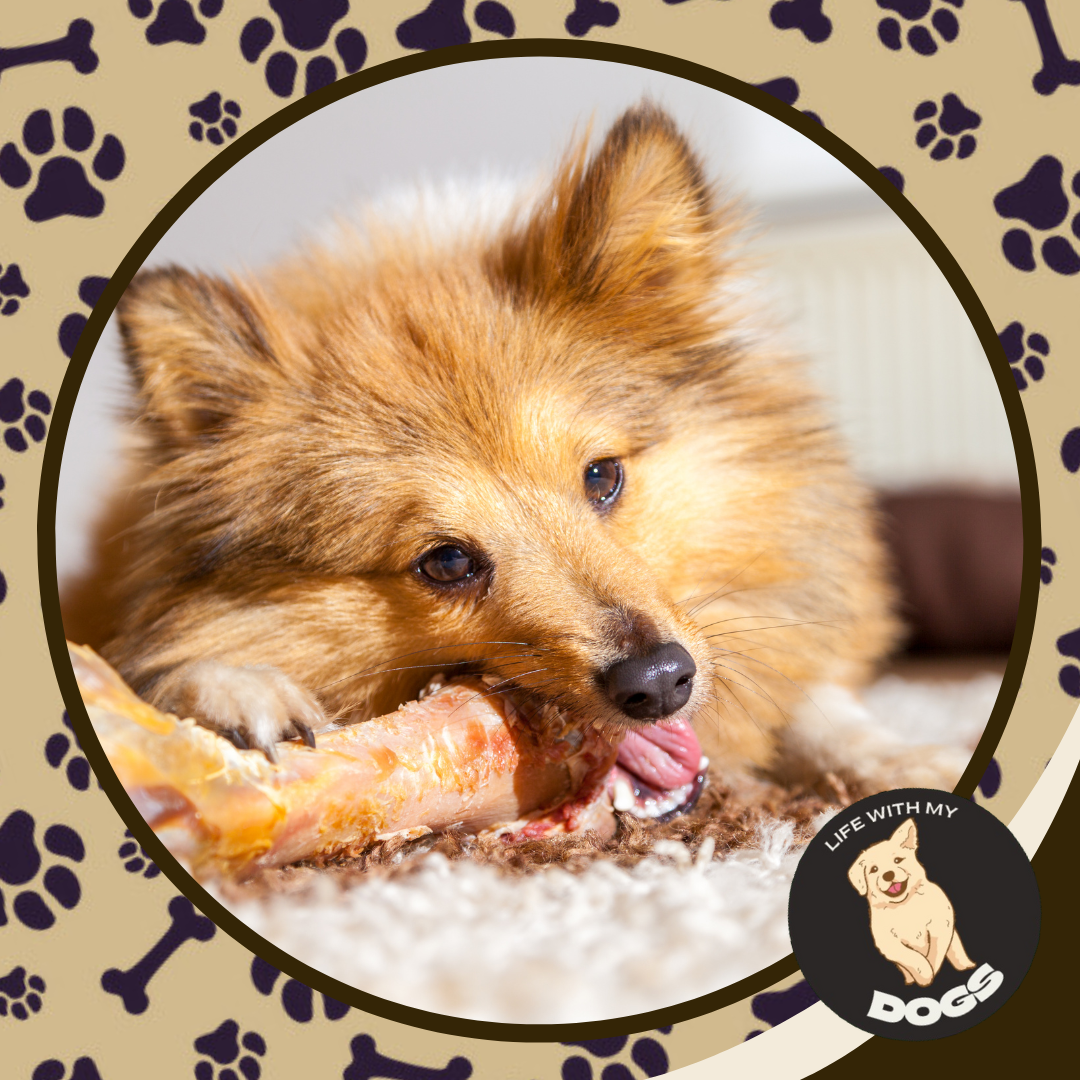
Brushing Your Dog’s Teeth
To effectively clean your dog’s teeth, use a dog-specific toothbrush and enzymatic toothpaste designed for canines.
Start by brushing two to three times a week, aiming to increase to daily brushing.
Begin the routine gently, allowing your dog to acclimate to the sensation. Always reward with praises or treats to associate brushing with a positive experience.
Dental Treats and Chews
Dental treats and chews are not just snacks; they play a fundamental role in scraping away plaque from your dog’s teeth.
Choose treats and chews that are specifically designed to support dental health, verifying that they are an appropriate size for your dog to prevent choking hazards.
Engage your dog with these treats regularly, as they can complement the tooth-brushing routine, contributing to cleaner teeth and fresher breath.
Diet and Nutrition
The right balance of nutrients in your dog’s diet is critical for maintaining a healthy and lustrous coat.
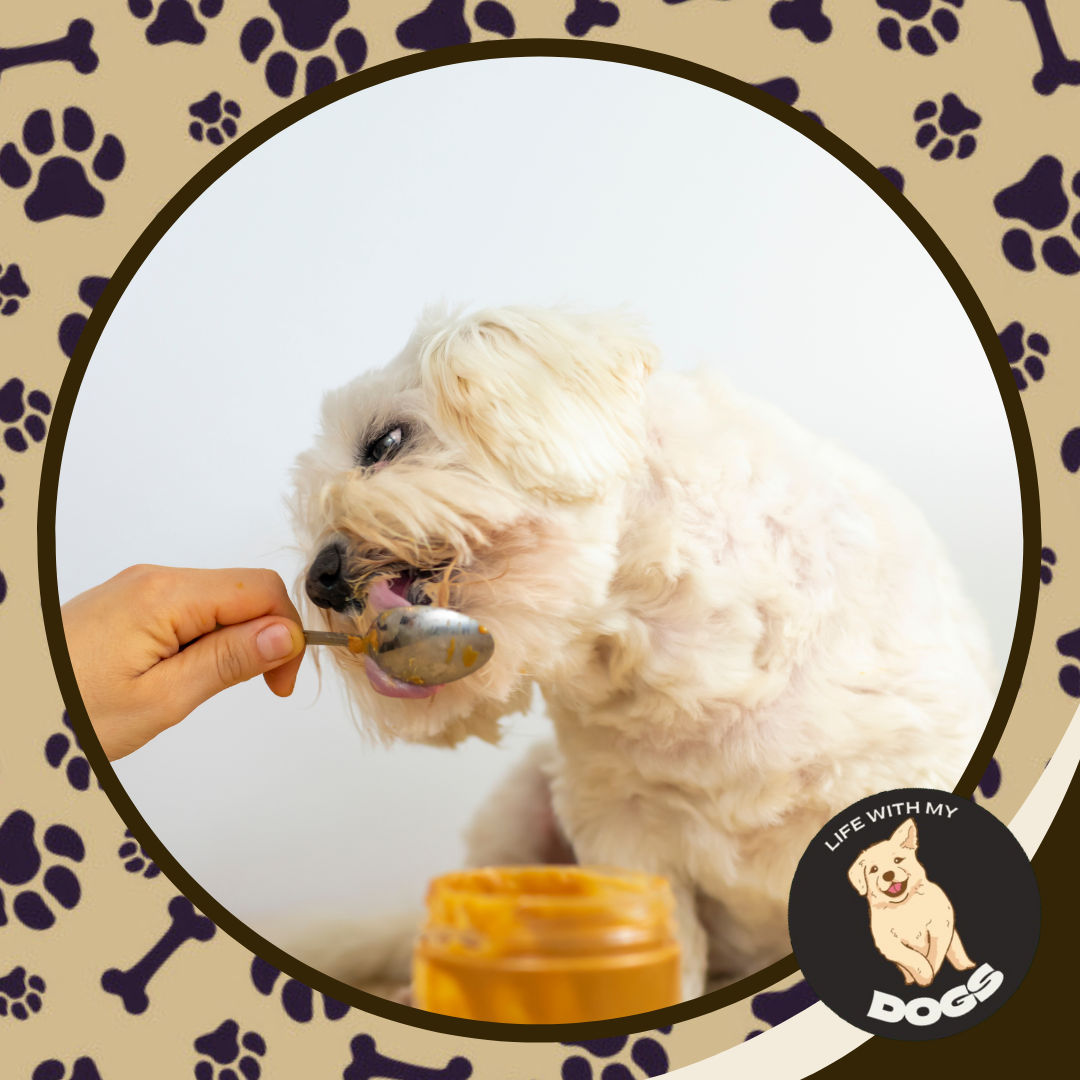
Foods for a Healthy Coat
Incorporate foods rich in omega-3 and omega-6 fatty acids, like salmon or flaxseeds, to promote a shiny coat.
A diet that includes lean proteins such as chicken, turkey, or beef is essential, as these are the building blocks for hair growth.
Don’t forget to include:
- Eggs: Rich in biotin, they support skin and coat health.
- Vitamin-rich vegetables: Such as carrots and spinach, which contribute to the overall health of your dog’s skin and fur.
Supplements
Sometimes, your dog’s diet may require a boost through supplements to achieve the desired coat quality.
Consider adding:
- Fish oil supplements: They are excellent for coat improvement. Ensure they are formulated specifically for dogs to get the correct dosage.
- Biotin: This vitamin specifically helps in improving hair health and is often recommended for dogs with coat issues.
Bear in mind that any diet change or supplementation should be discussed with your veterinarian to tailor to your dog’s individual needs.
Exercise and Its Impact on Coat Health
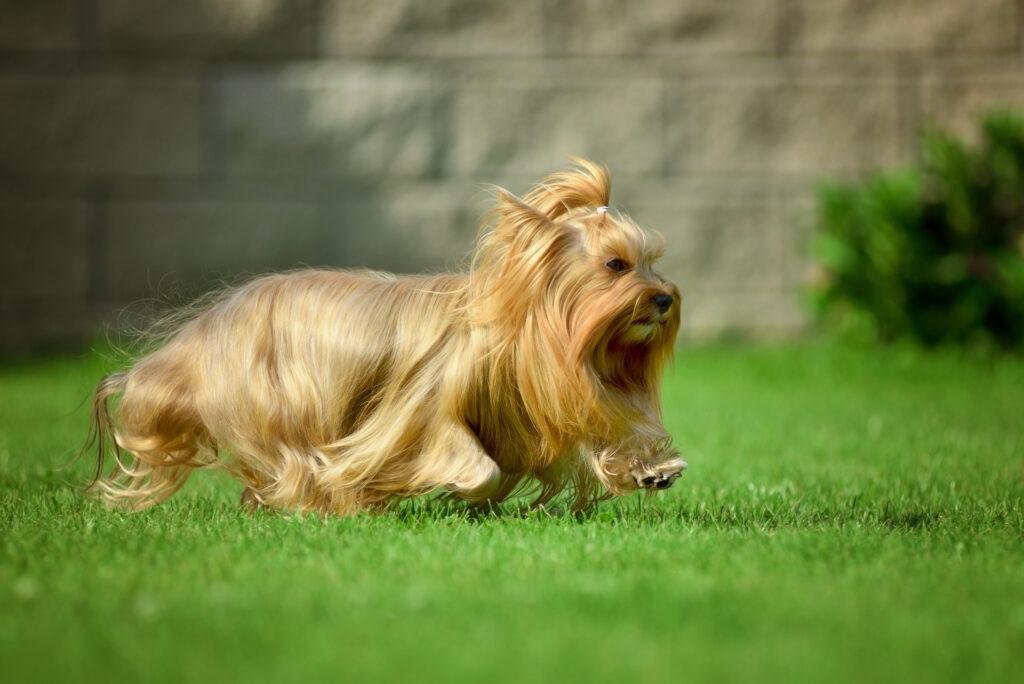
Regular exercise is not just beneficial for your dog’s overall health, but it also plays a crucial role in maintaining a healthy coat.
When your dog is active, the increased blood flow ensures that essential nutrients reach the skin and fur, promoting a shiny and vibrant coat.
Benefits of Exercise on Coat Health:
- Stimulates Blood Circulation: Improved blood flow nourishes hair follicles.
- Reduces Stress: Lower stress levels can lead to a healthier coat.
- Helps with Shedding: Regular activity can help manage and reduce shedding.
When you keep your dog physically active, you also help to minimize stress-related coat problems.
Stress can cause your dog’s hair to become dull, brittle, and may even lead to hair loss. Exercise can reduce these stress levels significantly, contributing to a more lustrous and resilient coat.
Additionally, the natural process of shedding is aided by exercise.
Movement helps to loose and remove dead fur, which means less hair around your home and a healthier coat on your pup.
Brushing post-exercise can further help in removing the excess fur and spreading the natural oils produced by the skin, giving the coat a sleeker appearance.
Lastly, ensure that the intensity and duration of the exercise are appropriate for your dog’s breed, age, and health status.
Regular, suitable workouts will keep your dog’s coat in top condition, reflecting the care and attention you provide.
Grooming Tips for Long-Haired Dogs: Wrapping Up!
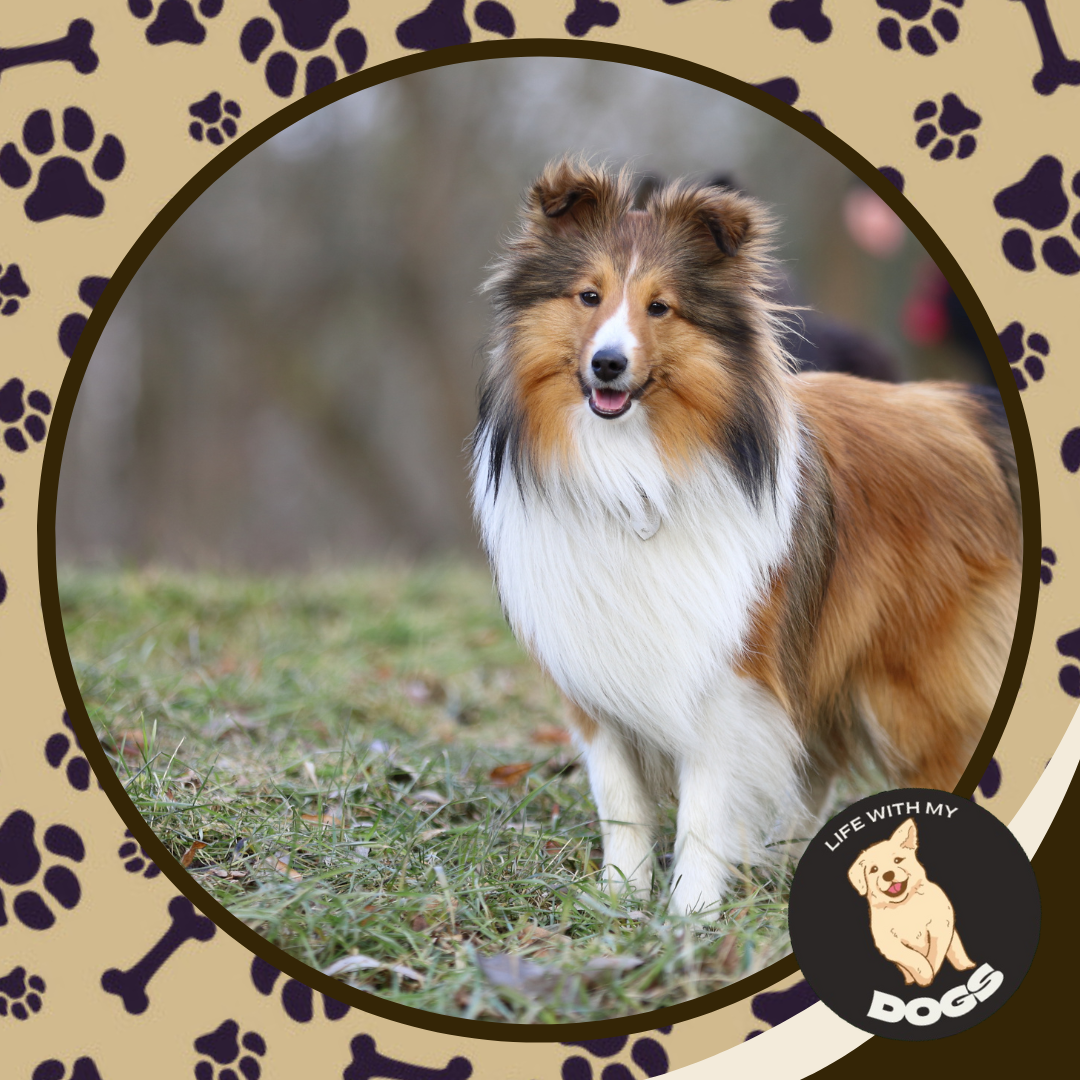
As our grooming adventure draws to a close, we’ve explored vital strategies to keep our long-haired pals in tip-top shape, ensuring they stay healthy and content. From understanding coat types to mastering brushing techniques, from bathing tips to nail care, we’ve ensured our furry friends’ coats gleam with vitality. Remember, a well-groomed dog is a happy dog. So, why wait? Put these tips into action today and watch your canine companion flourish. Here’s to many more years of joyous grooming moments together. Here’s to joyful grooming sessions ahead!
Frequently Asked Questions
Before diving into the specifics, it’s important to know the right techniques and tools can make a significant impact on maintaining the health and appearance of your long-haired dog’s coat.
What are the best techniques for grooming a long-haired dog at home?
To groom your long-haired dog effectively at home, start with gentle brushing to remove tangles, followed by using the right grooming tools.
Ensure you’re brushing all the way down to the skin to prevent matting.
What's the ideal frequency for grooming a long-haired dog?
Your long-haired dog should be groomed every few days to maintain coat health and prevent mats.
It’s recommended to brush or comb your dog’s fur at least every other day.
What type of brushes and combs are recommended for long-haired dogs?
For best results, use a slicker brush to remove tangles and a wide-toothed comb for finishing.
Also, a de-matting tool should be part of your grooming kit for long-haired breeds.
How can I effectively keep my long-haired dog clean between grooming sessions?
Between grooming sessions, spot clean any dirt or debris with dog-friendly wipes, and make sure to keep the coat dry to prevent tangles and matting.
Is it advisable to clip a long-haired dog, and if so, what are the guidelines?
Clipping can help manage a long-haired dog’s coat, but it should be done with caution.
If you choose to clip, ensure it’s performed by a professional or use the proper tools and techniques if doing it yourself.
What are the considerations for grooming a dog with a double coat or combination coat?
Grooming a dog with a double or combination coat requires specific attention to both layers.
The undercoat needs to be gently raked to prevent under-matting, while the topcoat may need regular brushing to stay tangle-free.
